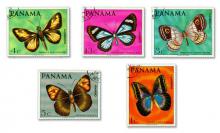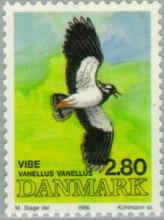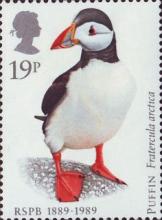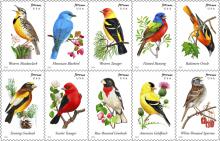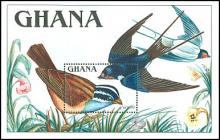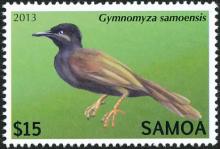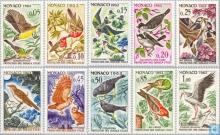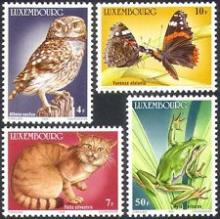The relationship between the decline of common and widespread British butterflies and the increasing use of neonicotinoid pesticides on arable crops
There has been widespread concern that neonicotinoid pesticides may be adversely impacting wild and managed bees for some years, but recently attention has shifted to examining broader effects they may be having on biodiversity. For example in the Netherlands, declines in insectivorous birds are positively associated with levels of neonicotinoid pollution in surface water. In England, the total abundance of widespread butterfly species declined by 58% on farmed land between 2000 and 2009 despite both a doubling in conservation spending in the UK, and predictions that climate change should benefit most species. Here we build models of the UK population indices from 1985 to 2012 for 17 widespread butterfly species that commonly occur at farmland sites. Of the factors we tested, three correlated significantly with butterfly populations. Summer temperature and the index for a species the previous year are both positively associated with butterfly indices.

